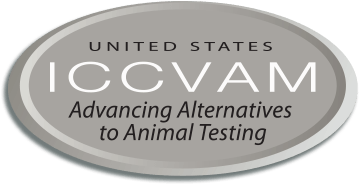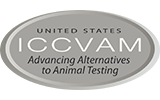Applying IVIVE to determine margins of exposure for potentially cardiotoxic chemicals
Cardiovascular disease is the leading cause of death for people of most ethnicities in the United States. In a pioneering effort to minimize animal testing to evaluate chemicals for potential cardiotoxicity, NIEHS scientists applied new approach methodologies (NAMs) that blend in vitro, in chemico, and in silico methods to investigate potential cardiotoxicity of over 800 substances. These substances, characterized by widespread human exposure, included personal care product ingredients, flame retardants, herbicides, pesticides, pharmaceuticals, and industrial byproducts. A systems-based modeling workflow including PBPK models was used to transform data from molecular and cellular assays relevant to cardiovascular endpoints into human daily equivalent administered doses (EADs). The study compared these in vitro-derived EADs against both human exposure predictions and in vivo toxicological data to gauge human-relevant risks. It also integrated geospatial analyses to evaluate the compounded risks across diverse U.S. populations, spotlighting communities at disproportionate risk. Through this comprehensive approach, which merged high-throughput screening (HTS) assays, PBPK modeling, and exposure data, the project aimed to refine human health risk assessments for chemicals posing cardiovascular hazards. This endeavor marks a significant stride in transitioning from molecular insights to actionable public health interventions, striving to replace animal testing with human biology-based strategies for chemical safety evaluation. A paper describing this work will be submitted for publication in 2024.



